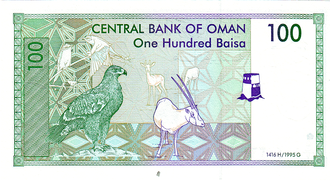Etymology
The word paisa is from the Sanskrit term padāṁśa (पदांश, basic unit), meaning 'quarter part base', from pada (पद) "foot or quarter or base" and aṁśa (अंश) "part or unit". [1] [2] The pesa was also in use in colonial Kenya. The colloquial term for money in Burmese, paiksan (ပိုက်ဆံ), is derived from the Hindi term paisa (पैसा). [3]




